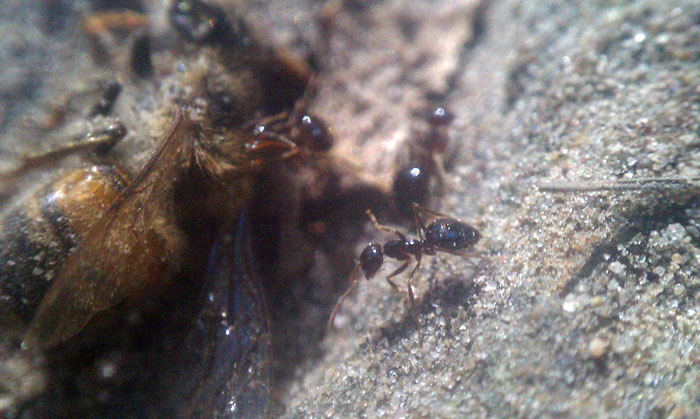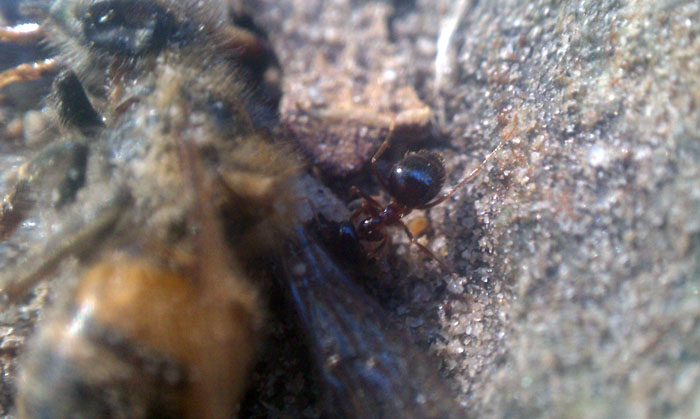Soooo I know I found some P. imparis earlier this year and was looking at the mating chart so I could go visit the colony again during mating flights. It says Jan - May however I know for sure that most of Jan - March is covered in snow in my location (Toronto, Ontario, Canada). Anyone know a more accurate time frame I should be looking at and what conditions they fly in (like after a heavy rain, temp, etc)?
- Formiculture.com
- Forums
- Gallery
- Members
- Member Map
- Chat


















